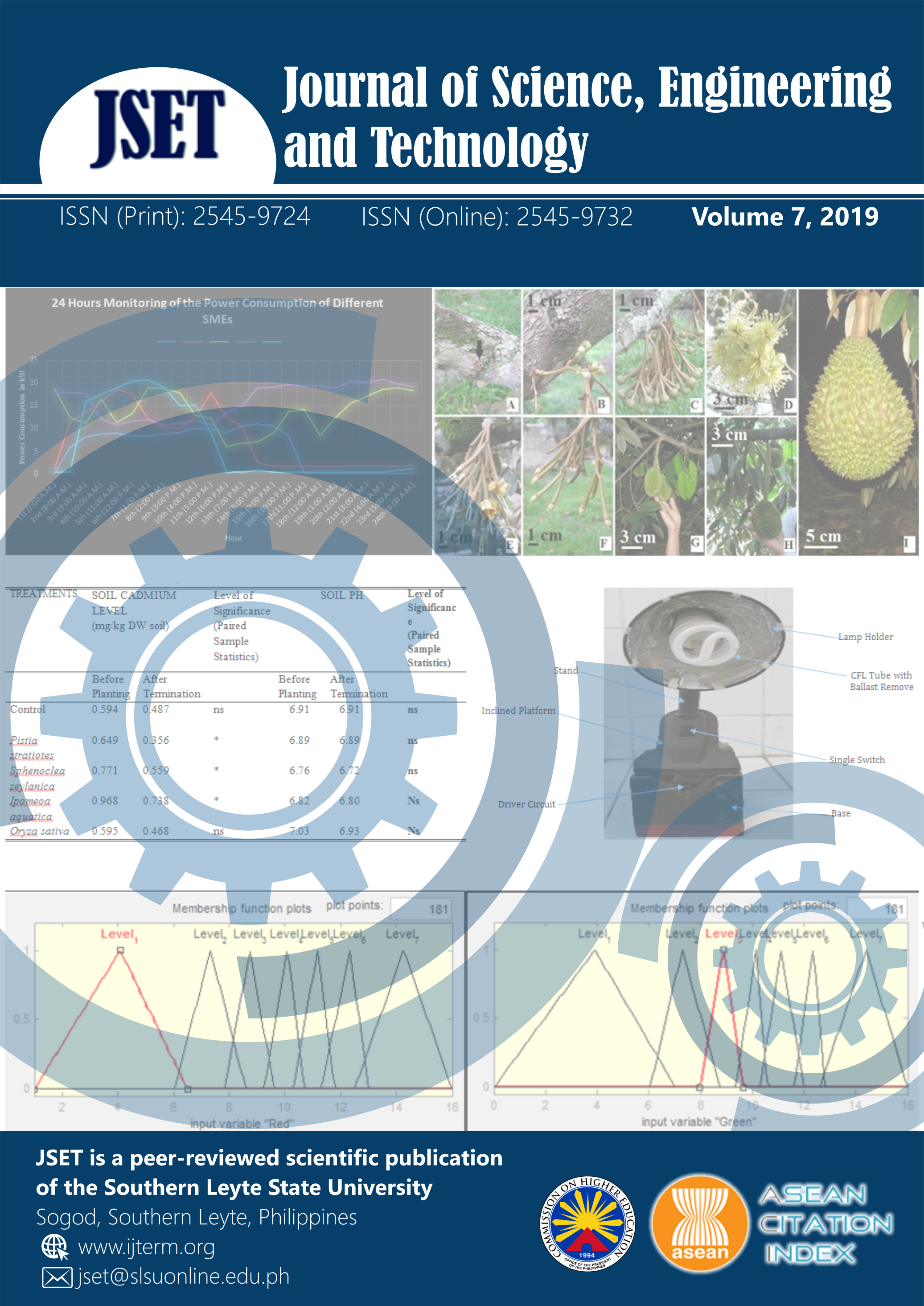Simulation-Based Learning in Electronics: Modified TAM and DeLone & McLean IS Success Model
DOI:
https://doi.org/10.61569/m413e407Keywords:
Engineering, Technology, Simulation, TAM, ElectronicsAbstract
Today, technology has greatly influenced many aspects of our lives. Technology is increasingly becoming an integral tool complementary to innovative instructional models. Multimedia and network interactivity are leading new forms of teaching and learning and creating new roles for students as active participants of the learning process. The study analyzed the satisfaction and intention towards actual use of the circuit simulation software as the basis for technology adoption in education, particularly in teaching electronics in higher education. The study introduced a new model called Technology Acceptance Model-Integrated System (TAM-IS). A TAM and D & M success model was also incorporated in adopting simulation-based instructional material for electronics instruction. The study demonstrated excellent internal consistency confirmed by results of the analysis utilizing Confirmatory Factor Analysis, Kaiser – Meyer – Olkin (KMO), Cronbach Alpha and Barlette Test. The results showed that respondents’ responses validated the acceptability of simulation-based learning in electronics. The behavioral intention & attitude towards the use of the technology confirmed the acceptability of adopting simulation software platform in teaching-learning electronics. The study further recommends needs assessment, proper orientation and evaluation of technology to be utilized. Future studies involving a larger pool of experts from different sectors, may be beneficial as technology becomes more accessible and rapidly evolving.
Downloads
Published
Issue
Section
License

This work is licensed under a Creative Commons Attribution 4.0 International License.
This is an open access article distributed in accordance with the Creative Commons Attribution 4.0 Unported (CC BY 4.0) license, which permits others to copy, redistribute, remix, transform and build upon this work for any purpose, provided the original work is properly cited, a link to the license is given, and indication of whether changes were made. See: Creative Commons Attributions 4.0 International License.








